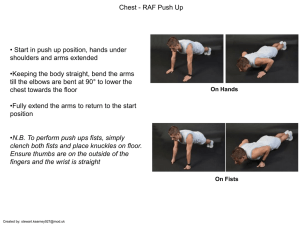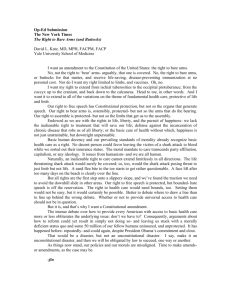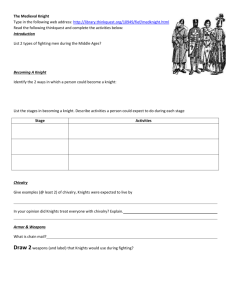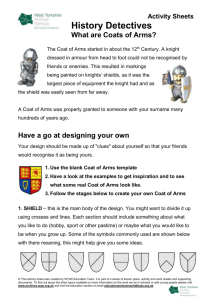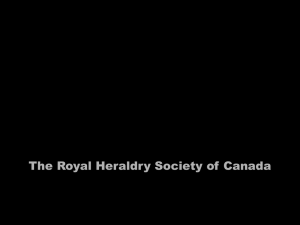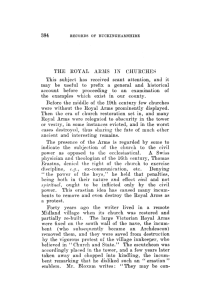The Royal Arms - Lincolnshire County Council
advertisement
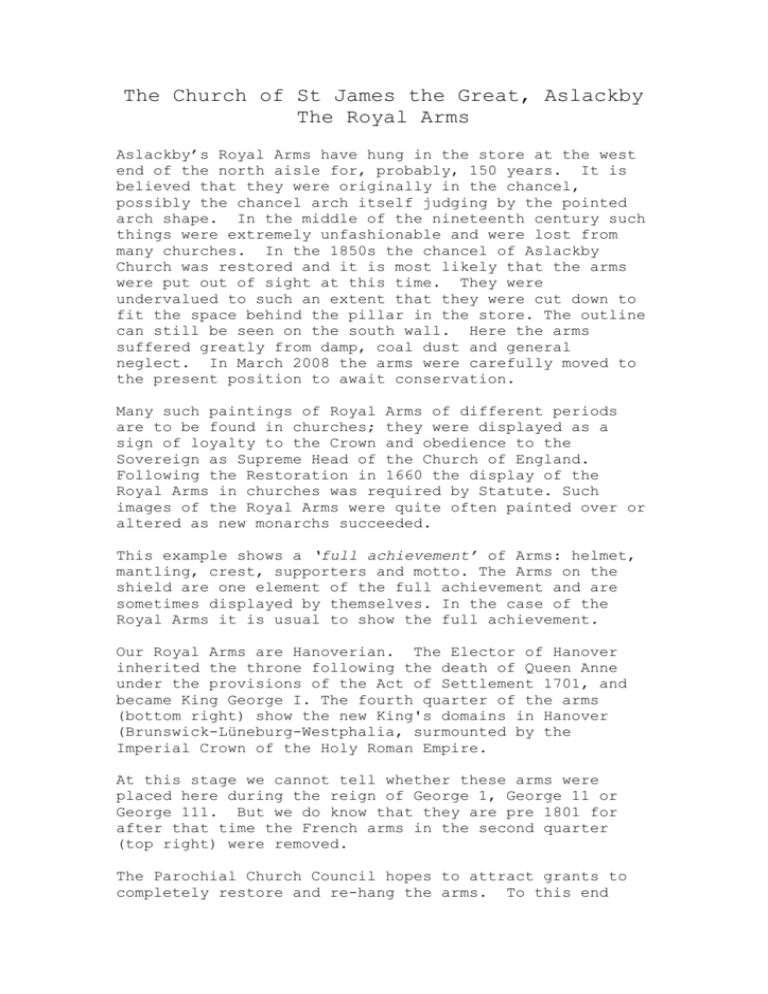
The Church of St James the Great, Aslackby The Royal Arms Aslackby’s Royal Arms have hung in the store at the west end of the north aisle for, probably, 150 years. It is believed that they were originally in the chancel, possibly the chancel arch itself judging by the pointed arch shape. In the middle of the nineteenth century such things were extremely unfashionable and were lost from many churches. In the 1850s the chancel of Aslackby Church was restored and it is most likely that the arms were put out of sight at this time. They were undervalued to such an extent that they were cut down to fit the space behind the pillar in the store. The outline can still be seen on the south wall. Here the arms suffered greatly from damp, coal dust and general neglect. In March 2008 the arms were carefully moved to the present position to await conservation. Many such paintings of Royal Arms of different periods are to be found in churches; they were displayed as a sign of loyalty to the Crown and obedience to the Sovereign as Supreme Head of the Church of England. Following the Restoration in 1660 the display of the Royal Arms in churches was required by Statute. Such images of the Royal Arms were quite often painted over or altered as new monarchs succeeded. This example shows a ‘full achievement’ of Arms: helmet, mantling, crest, supporters and motto. The Arms on the shield are one element of the full achievement and are sometimes displayed by themselves. In the case of the Royal Arms it is usual to show the full achievement. Our Royal Arms are Hanoverian. The Elector of Hanover inherited the throne following the death of Queen Anne under the provisions of the Act of Settlement 1701, and became King George I. The fourth quarter of the arms (bottom right) show the new King's domains in Hanover (Brunswick-Lüneburg-Westphalia, surmounted by the Imperial Crown of the Holy Roman Empire. At this stage we cannot tell whether these arms were placed here during the reign of George 1, George 11 or George 111. But we do know that they are pre 1801 for after that time the French arms in the second quarter (top right) were removed. The Parochial Church Council hopes to attract grants to completely restore and re-hang the arms. To this end Christian Duke and Associates have been engaged to appraise the arms and carry out paint tests. These have shown that the arms are of very good quality and an important ‘find’. The First Quarter: The gold lions of England and the red lion of Scotland The Second Quarter: The gold fleurs-de-lis of France The Third Quarter: The gold harp of Ireland The The The The The Fourth Quarter: gold lions of Brunswick blue lion of Luneburg silver horse of Westphalia gold crown of Charlemagne

